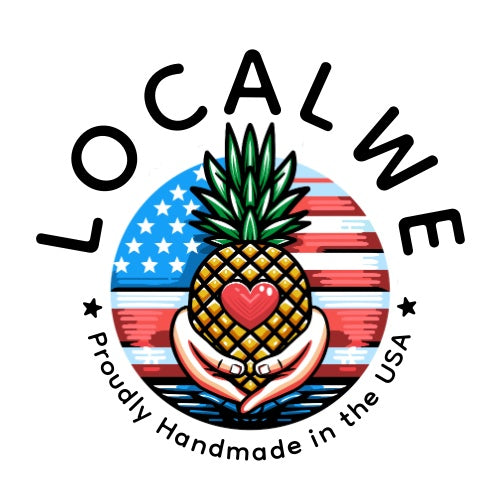
Wooden Utensils Handmade Like the Good Old Days
Share
Wooden Utensils Handmade Like the Good Old Days
Ah, the Good Old Days, remember them? I sound like my father. But when it comes to how things were made then versus now, there are some big differences. Take wooden utensils for instance. Back then, they were made by a skilled craftsman that took pride in his work. Let’s call the craftsman “Don.” Well Don worked in the local wood carving shop and developed his skills over years of hard work becoming a master craftsman. You might pass Don in his pickup on his way home for dinner with his family and offer him a friendly honk and a wave.
When you saw Don out on a Saturday night with his wife, you might ask him “Don, can you make me a [insert your favorite handmade wooden utensil]?” “Sure thing Pal,” he’d reply, “I’ll have it ready next week.” And he would make it just for you. He’d hand it over when promised, beaming with pride that he made it from his heart.
Here are the steps Don would take to craft your handmade wooden utensil:
- Select exactly the right piece of timber. Maybe he had a sustainable practice of gathering storm damaged trees from his land or used scraps of quality wood generated by other craftsmen. But he found the one that was the proper wood type and shape for your project. Maybe black walnut or wild cherry hardwood?
- Lay out the custom template. Over the years, Don made templates for each of the different types of utensils. He laid out the proper one and marked up the timber.
- Cut the timber with a band saw. The band saw allowed Don to cut away most of the excess wood until he had the basic shape he was looking for.
- Carve the shape. He got out his sharpened chisels and mallet and carved away the next layer of timber to get as close as he could to the shape of the final product.
- Sand, sand and sand some more. Then, Don sanded away the last layer of wood, using a coarse grit paper first and moved on to finer grits as he went. He may have used an electric sander to start but the final work was done by hand.
- Rub in the oil. Like all craftsmen, Don used his own blend of edible cooking oils and beeswax to season the piece. Seasoning protected it from warping and cracking and kept food from sticking and staining.
(Needless to say, this is not how the process works today. In most cases, now wooden utensils are mass produced in giant factories.)
For those of you that love to cook, you might keep your wooden utensils to use in your own kitchen. Whether it’s a wooden spoon, spatula or other style, you’ll find new uses for it every day. It will become your go to tool in the kitchen. Or, you give it as a cherished gift to a favorite friend. Either way, with proper care, it will pass down to future generations and be loved for many years to come. Heck, you might even give it a name, as in “Hey, can you please hand me my Don spoon? I need it to stir the soup.”
Wooden utensils can become trusted and loved tools in your kitchen or make cherished gifts for friends. But when they are handmade like in the Good Old Days, it adds to the love and story that develop while using it, making it even more special.
Discover some pieces we've found that are made like in the Good Old Days by visiting our collection of handmade wooden utensils.
LocalWe helps people discover Unique Handmade and Local Goods all made by local artisans and small businesses in the USA. Every purchase supports good jobs and communities. We are a socially responsible business and we give back a portion of our time and profits to help kids in need to reach their full potential. We are an alternative to buying mass produced products through the big retailers. Thanks for visiting us.
